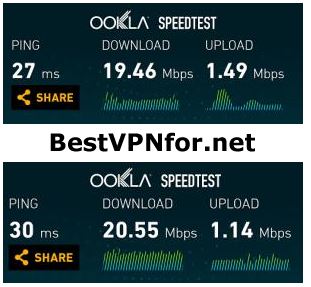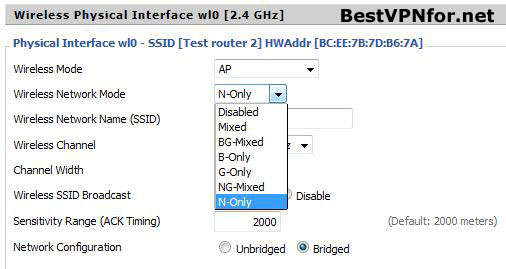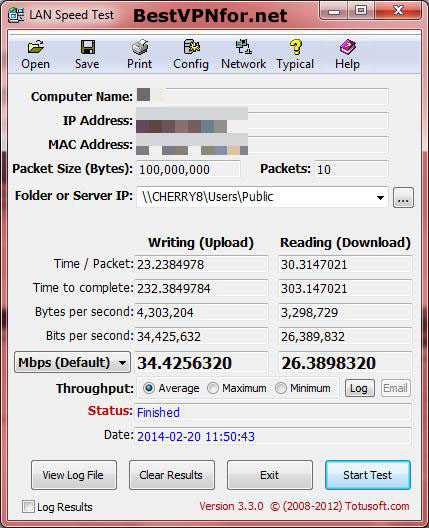Router: ASUS RT AC66U
ASUS RT AC66U:
– Price: $299 (new)
– Frequency bands: Dual, 2.4 GHz and 5 GHz (simultaneous)
– Wireless standards: IEEE 802.11 a/c b/g/n
– Wireless data rate: AC1750 (450+1300Mbps)
-Ports: 4 x Gigabit Ethernet
– Antenna Type: 3 x external
– Processor speed: 600 MHz
– Memory: 256 MB RAM, 128 MB Flash
– Judging by the stats given above, you can easily figure out what this big boy can do. This is an amazing router with max speed limit as high as 1.75 GBs due to its ability to work on the regular broadcast frequency of 2.4 GHz as well on the less used one i.e. 5 GHz frequency which makes it least interfered and high speed router to work with. Its wireless standard is supported by the newest 802.11 ac which makes it the router of choice for high speed network lovers.

Due to its dual frequency, it can help simultaneous connection of different types of devices, both the older models tabs and PCs to 2.4 GHz frequency and the newer tabs and smart phones to the 5GHz frequency which support 802.11 ac. Other than that, it has 4 gigabits Ethernet ports which allow secure connection of the wired device to the router.
With this router, if you are lucky to have a super speed broadband then you can enjoy the fastest speed for your Internet surfing and streaming. Not just with a super broad band, it can also work pretty fast with a regular broadband connection, shuffling flies and transferring data at an incredible speed. Presence of two USB ports in this router allows you to connect network printers or NAS and help in data transfer to a great extent.

The looks of this router are totally distinctive with three easily removable or replaceable antennas. These antennas allow to attain max range coverage which can be adjusted according to your requirements. These antennas might tar the stylish look of this router a bit but they are essential in a full coverage so that little hitch might be overlooked. The router can be mounted vertically or horizontally according to your choice of set up or it can even be mounted on a wall and keep it well out of the way yet providing best service.
The router itself may look complicated itself but setting it up on your devices it insanely easy. All you have to do is plug it into your broadband modem and turn it on. After connecting it to the computer you only need to go to the page for router configuration and change the user name and password. Since this router works on two separate frequencies, you need to set up password and usernames for both the frequencies separately.
The DD WRT set up on this router supports both PPTP and open VPN but it is highly recommended to use an open VPN configuration rather than PPTP as it is highly insecure.
Setup
Setup is ridiculously easy – basically just plug the router into your broadband modem, turn it and on, and you are good to go. The first thing you should do once you have connected a computer, is head to the router configuration page (type 192.168.1.1 into your internet browser) and change the network names and passwords.

Note that because this is dual-and router you can effectively run to two separate networks out of the same router. This means that you will of course have to setup names and passwords for both networks.
Flash Router’s supplied configuration guide is text-only, but gently holds your hand through the process.
Out of the box performance
To get a basic idea of what the RT-AC66U can do, we tested it before configuring VPN.
We have a 20MB/s UK broadband connection, and our PC is only capable of picking up a 2.4GHz. 802.11n signal. The router was connected to a Netgear VMDG280 Wireless N modem/router supplied by our ISP, Virgin Media.

Connected directly to our home modem/router (i.e. not connected to the RT-ACU66U)

Connected to the RT-ACU66U
802.11ac/ 5GHz performance
Although our PC connection can’t handle the latest WiFi standards, we have Samsung Galaxy S4 phone that can…
Connected directly to our home modem/router (i.e. not connected to the RT-ACU66U)

Connected to the RT-ACU66U
Note that results varied a little, but the RT-ACU66U results were much more consistent than on our stock router/modem, and are clearly maxing out our internet connection.
As far as range goes we wandered around our building, phone in hand, and noted what reception was like at different ranges / positions in the building. Not very scientific, but it’s the best we can do, and to honest we were a little disappointed with the results. 2.4Ghz coverage more or less matched that of our stock ISP supplied router/modem, and while 5 GHz coverage was a little better, it was not by much. We have heard great things about the RT-ACU66U’s coverage, so we are a little surprised at this, although as noted earlier, fiddling around with antenna positioning, and frequency bands etc. is likely to produce improved results.

Edit: Flashrouters contacted us to say that we should have used N-Only on one of the Wireless Network Modes, ‘as Mixed mode maxes out speeds at Wireless-G, hindering the overall range and performance’.
Well, this is learning process for us, so we followed the suggestion, and ran some tests to see what difference it made. To do this, we used a program called LAN Speed Test on our (2.4 MHz N-capable only) Windows PC. The test measured the transfer speeds of 10 x 100MB file packets.

When connected to our stock router/modem

When connected to RT-AC66U
As you can see, there is a definite speed bump when using the RT-AC66U, which should when doing things such as streaming video content over the network.
Note that we did also try to test WiFi speeds using our 5GHz AC-capable phone (connected using AC-Only), but the result were too unreliable to publish. We did however notice a slight range increase when using both N-Only and AC-Only, over when using the ‘Mixed’ setting.
VPN
VPN performance is an area that we are obviously very interested in, and setup using the DD-WRT built-in VPN client was very easy (unlike with the N300, where we needed to use a workaround). Note that DD-WRT supports both the PPTP and OpenVPN protocols, but as PPTP is highly insecure, we will consider only OpenVPN.






